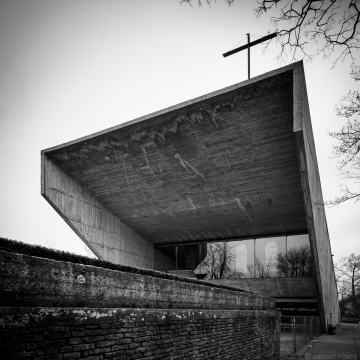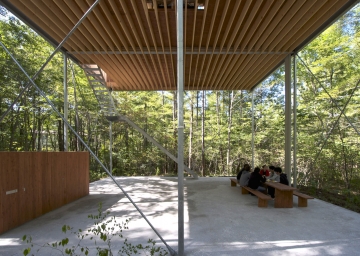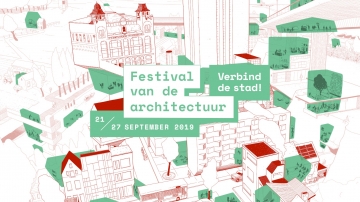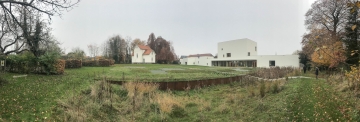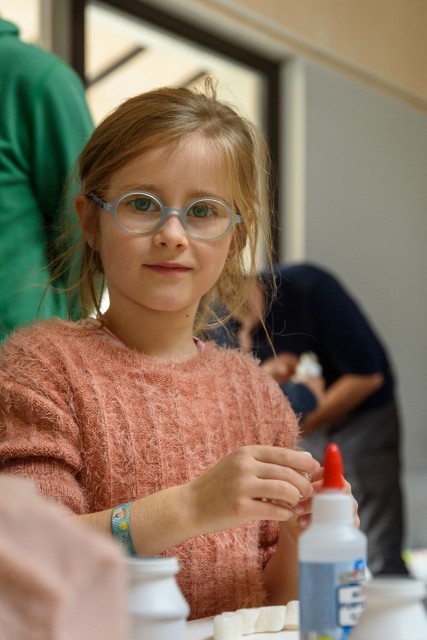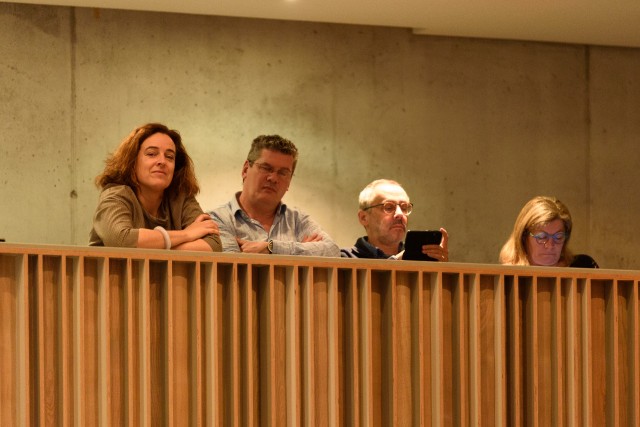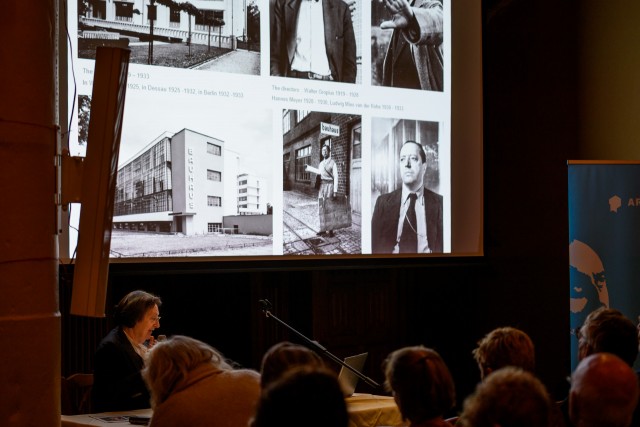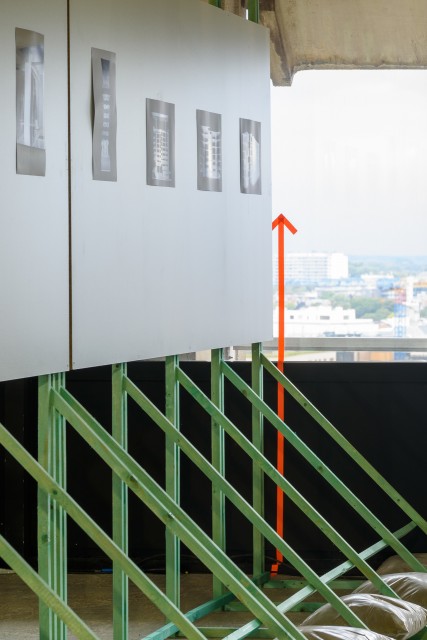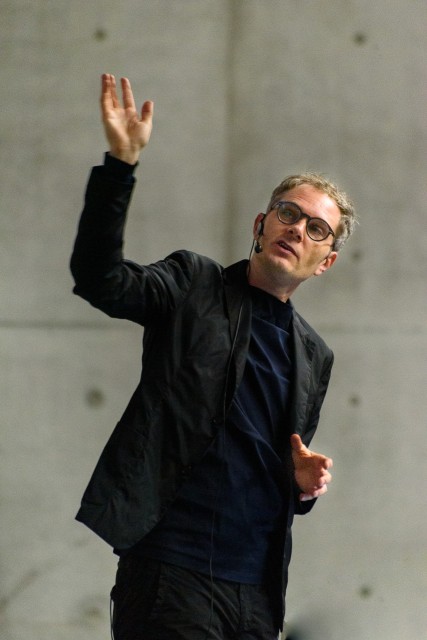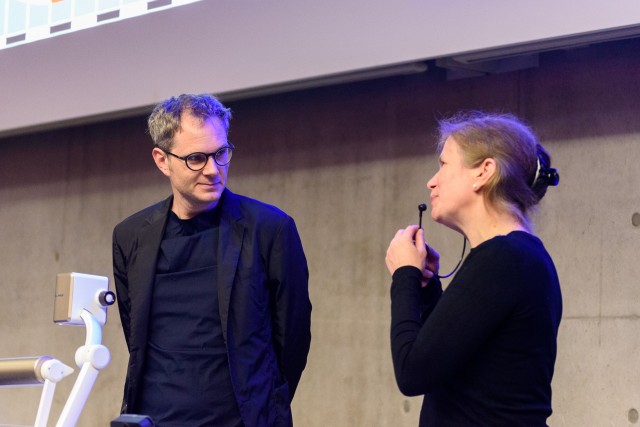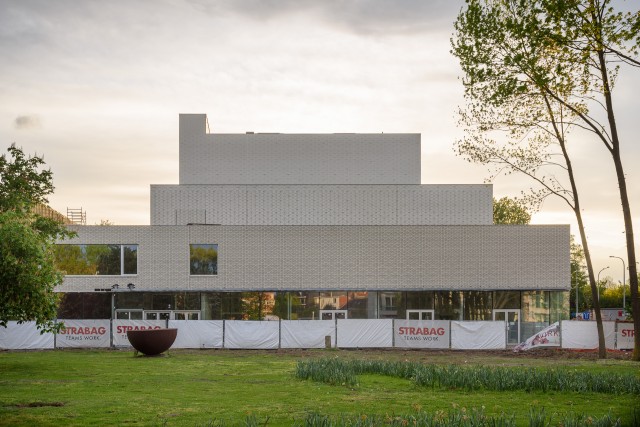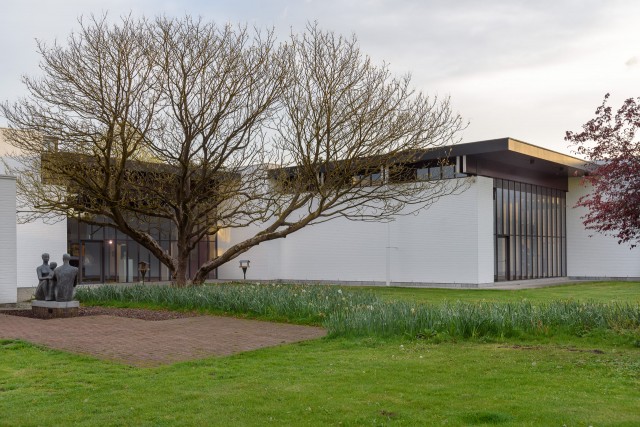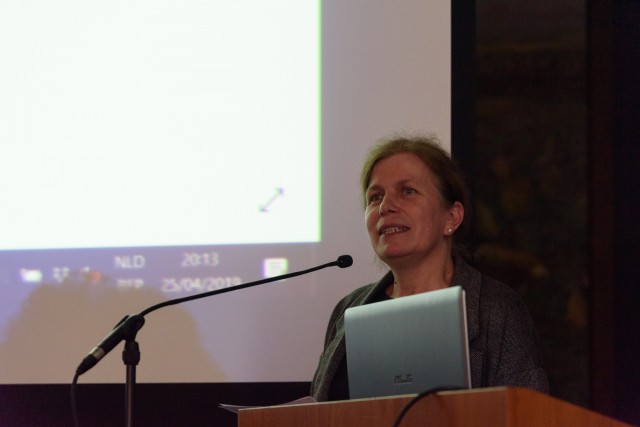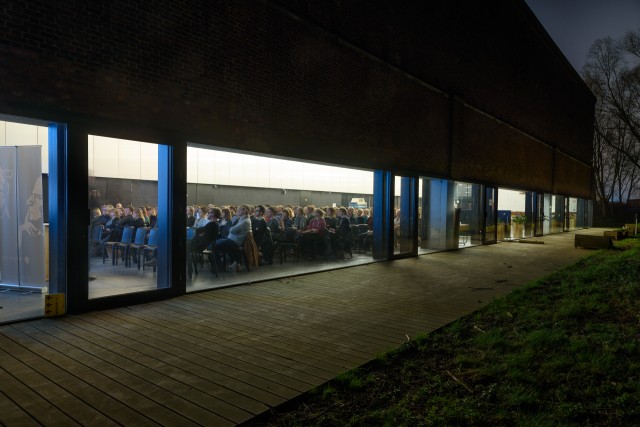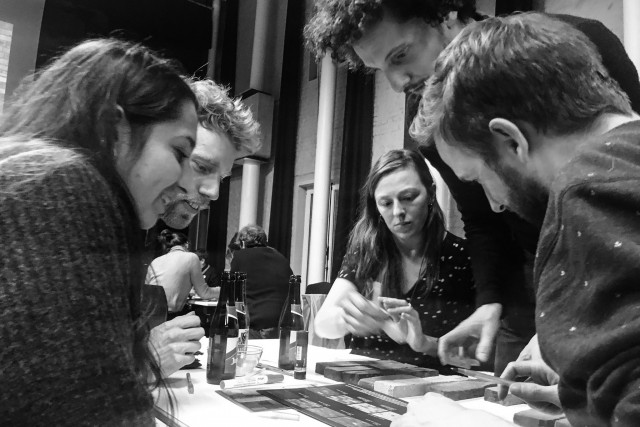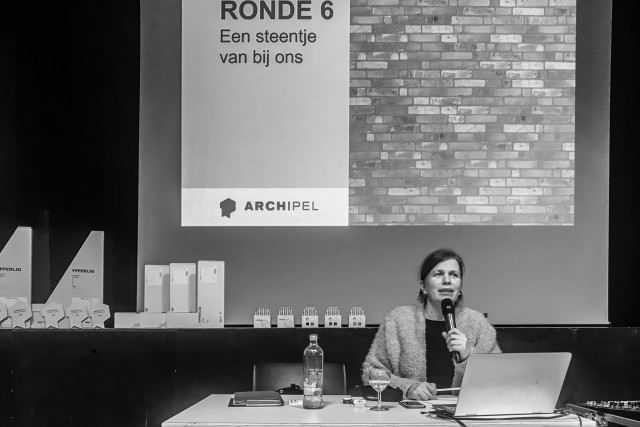2019
Palimpsest
We cannot ignore it; wherever we look, we always find elements that refer to the past. The traces left by the transformative process of time and history are omnipresent. Whether it is about a landscape, about an old medieval city, about a geological transformation, about a building that tells its story through time … traces can be found everywhere.
As an architect or urban planner, we rewrite and permanently rebuild our environment. We work with landscapes, cities, buildings, objects and their mutual relationships. We work with what is already, with what exists. We write over it, we weave our own story with the existing story. A new story is created. History is a continuity and nothing remains the same. Inevitably, I am reminded of the beautiful title of the pamphlet that the VAi2 published in response to the changed relationship between architecture and heritage: Unfinished Past. We carry the past with us and continue to shape it permanently. Unfinished. An incomplete process. An unfinished past.
“Architecture may be for eternity, but buildings are never finished. The function of the building or the story can change and is never finite or final. The use, experience and function perpetuate its continued existence. The essence of survival is how the buildings give meaning to the city.”
It is not only about physical transformations, but also about immaterial things. We learn from our parents and ancestors, from our teachers, from mentors, from people we look up to … There are certain memories and historical events associated with places. There is a collective knowledge that we share as humans that has a greater extensive history and tradition. This too is palimpsest. Everything is part of a complex and larger whole: a layering rooted in earlier moments back in time. This, too, shapes and shapes our decisions and actions, and is an inherent part of them. Palimpsest is a metaphor to indicate the processes of transformation over time. Phenomena that occur in the world around us are constantly changing and evolving, but at the same time they leave inscriptions and traces. The term palimpsest in architecture is therefore a relevant analogy because it refers to these long-term processes. It makes us aware of the many different layers that we as designers constantly work with and to which we add new things.



